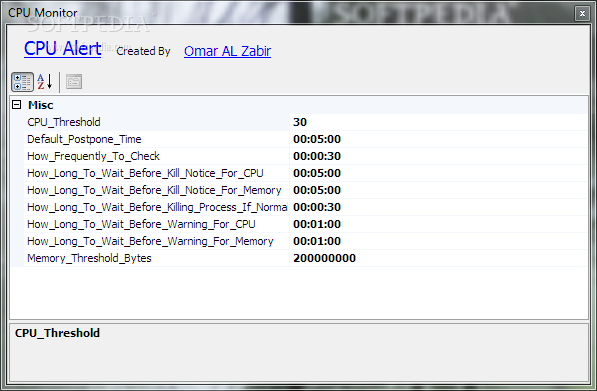
For more info, visit our Terms of Use page.Īs I described in the article How to revive a Windows 7 system with a clean install via the Windows 10 Media Creation Tool, I installed a 64-bit version of Windows 10 on my old ASUS F3 laptop with an AMD Turion 64 X2, 80GB hard disk, and 1GB of RAM. This may influence how and where their products appear on our site, but vendors cannot pay to influence the content of our reviews. We may be compensated by vendors who appear on this page through methods such as affiliate links or sponsored partnerships. Here's a rundown of the options you'll find on Resource Monitor's Memory tab. Windows 10 offers a number of ways to keep an eye on your system's memory usage.

The linked to Server-Fault Q&A has other useful information and links to various SNMP monitoring software solutions such as nagios, opennms etc.How to use Windows 10’s Resource Monitor to track memory usage (Assuming that your community string is "public" and you want to walk the "SpeedFan termperatures" sub-tree of your machine in this example).Ī handy client tool with a gui for viewing snmp data is mibbrowser Using the command-line tool netsnmp you can walk the SNMP tree like so: snmpwalk -v 2c -c public 127.0.0.1.



You may have better success asking at Server-Fault - here is a similar question to yours on there. If you simply want to know how to query a Windows machine for the relevant SNMP data, this is possibly not the right site to ask this question on as it is a site for Q&A specific to software development.


 0 kommentar(er)
0 kommentar(er)
